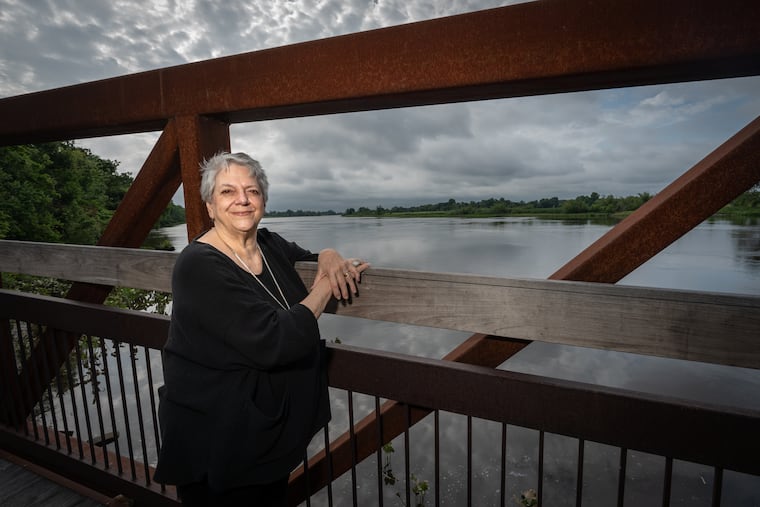For 20 years she’s tried to solve a Civil War mystery in NJ. Now she has a big clue.
Alice Smith's search for a buried submarine prototype in the Rancocas Creek has been strewn with tantalizing, but ultimately disappointing clues. She's on one final quest.
